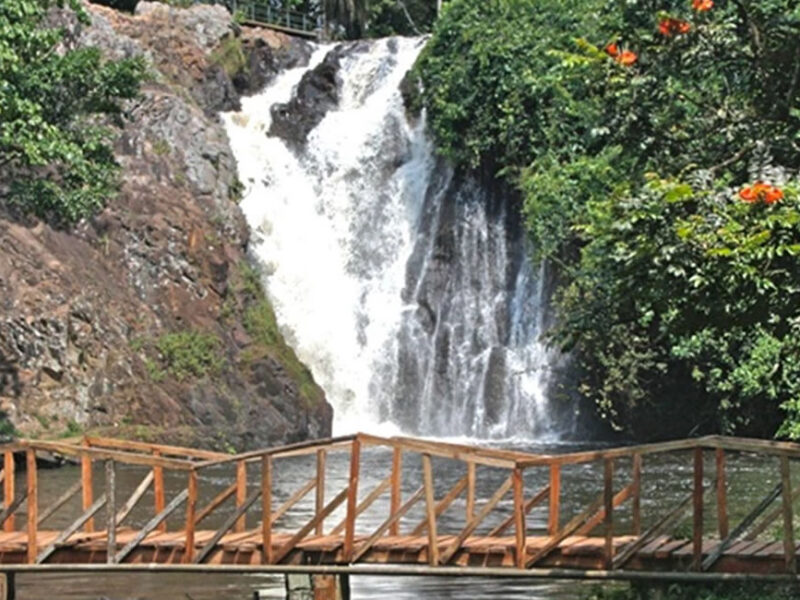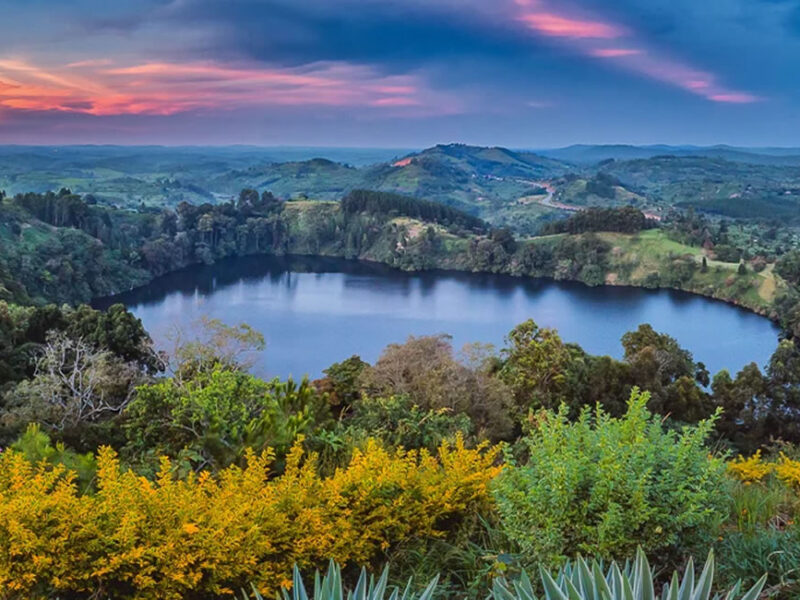Do You Want to Know About the Kasubi Tombs
Located on the Kasubi Hill with in Kampala at Uganda, the site of Kasubi tombs is an active spiritual area holding the burial chambers of the former four Kabakas of Buganda. Even today, it is religious place of rituals regarding the Ganda culture for the imperial family. Symbolic to the East African’s history and culture, these tombs are the exemplary masterpieces exhibiting the customary Ganda structural design. Undoubtedly, the site is designated as the UNESCO World Heritage.
History
Came into existence since 13th century A.D., the Baganda are the Bantu speaking people. According to them, the first Kabaka of Buganda was Kintu who is believed not to be dead but disappeared in the forest at Magonga. It is a traditional practice to bury the Kabakas in different site as a royal shrine along with the jaw bone – the home of his spirit at some other site.
Layout
The Kasubi hill holding the tombs is split into three main areas namely, the main Tomb area at the west, a region behind the tombs packed with buildings and grave yards, and a big area on the east for agriculture.
A wonderful gate house called the Bujjabukula marks the entrance, which is made of wooden columns handling the thatched roofs. Usually, guards used to hide in the house behind a visible reed partition all 24 hours to dominate the entry. From here, I reached a small courtyard holding the Ndoga-Obukaba, a circular home of the royal drums. Then, I entered the main courtyard (Olugya) protected by a reed fence, which contained several houses for the widows of the Kabakas and other traditional purposes. In this courtyard, you can see the spectacular main tomb building known as Muzibu-Azaala-Mpanga.
Muzibu-Azaala-Mpanga
Built in 1882 by Mutesa I, the 35th King and the first to be buried in Kasubi tombs, this main building is circular with a domed shape. I entered via a low wide arch edged by lavishly woven reeds. When I entered, the beauty of the thick thatched roof going down below the ground captured my mind. Inside, a huge bark cloth splits the ‘sacred Forest’, the home of the four royal graves namely:
- Mutesa 1:
Crowned from 1856, he was the most powerful king known for breaking the traditional rules. He was the first one to accept the foreign philosophy and adopted some Islamic practices. His palace was near the tombs where he was buried but without removing his jaw bone. - Mwanga 11:
Son of Mutesa and the last king of the independent Baganda, he was against the conversion of people to Islam and Christianity, which was favored by his father. He fought against the British forces following a defeat to exile him to the Seychelles Island where he died in 1903. He was then brought here. - Daudi Chwa II:
He was the son of Mwanga 11 who died in 1939 and was buried at Kasubi Tombs along with two predecessors strengthening the ritual importance of the site. - Muteesa II:
He was the son of Daudi Chwa II and was also buried here too.
The people believe that the spirits stay alive in the sacred forest. When a King or his family member dies, the other royal members and the people perform rituals to pacify the spirits by sacrificing animals and offering various gifts at the shrines.
However, only the widows and the royal members can enter the ‘sacred forest’. The internal area is decorated with drums, lance, armor, medal, and photographs of the buried Kabakas.
A thick carpet of lemon grass and palm leaves mats cover the floor. Symbolizing harmony and power, the huge wooden poles covered with bark cloth hold the entire edifice.


